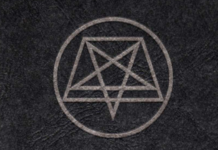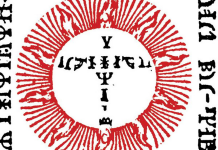 The Akashic Experience, edited by Ervin Laszlo
The Akashic Experience, edited by Ervin Laszlo
Inner Traditions, 9781594772986, 288 pp., 2009
The Akashic Experience presents a series of accounts dealing with the intrusion of nonlocal events into everyday life. Ervin Laszlo, systems theorist, philosopher of science, concert pianist and recipient of two nominations for the Nobel Peace Prize, has gathered individual contributors from a range of fields to recount their experiences. Contributors include Alex Grey, Stanislav Grof and – most surprising to me – Raffi Cavoukian, the children’s musician.
The main thrust of the book is aimed at establishing the existence and utility of the akashic experience. Laszlo defines this as a “lived experience that conveys a thought, an image, or an intuition that was not, and very likely could not have been, transmitted by our senses at the time it happened or at anytime beforehand.”
The collected reports include predictions that came to pass, past-life memories that later had elements factually confirmed, communication with spirits of the dead, group-mind phenomena, distance healing and various types of artistic or professional inspiration.
The book is structured in four sections based on living through, working with, researching and assessing the related phenomena. Each contribution in the first three sections relates direct experiences of the authors, arranged more by narrative style than by specific content of the experiences.
Laszlo’s introduction presents his hypothesis that all of these experiences have the same underlying physical basis mediating them. This “dimension variously call physical space-time, hyperspace, holofield, implicate order, or nuether,” Laszlo chooses to call the akashic field, believing that the yogis of India refer to the same reality in their texts. He emphasizes that the nonlocal structure appears to have information, as well as memory, as core aspects.
Most of the phenomena described fit in with what I understand as traditional magic. The attempts to link these events into a physical model remind me very much of popular treatments like What the Bleep Do We Know!?. I drew many parallels to the information model of magic as presented by Frater U.:D.:. Though, unlike the works of U.:D.:, no attempt was made to explain why we should prefer a single vehicle for the diverse content presented.
To my own frustration, none of the contributors give any evidence for associating the akashic experiences with a source coterminous to the physical world. As mentioned above, no reasoning is given for the interpretation of ghost visitations, distance healing and precognition as variations of the same fundamental phenomena. Questions regarding gains and losses of explanatory power do not appear. For instance, does anything change in how one deals with a demon when embracing this approach? I would have liked some ideas regarding what sounds to me as a strong connection to language and meaning in some of the anecdotes and how that ties into the field hypothesis. Without addressing some of these points, I do not feel any reason to attribute external validity to the interpretive framework.
That said, the entries are each of reasonable length and come from a variety of backgrounds. The contributors do an excellent job of honouring their own unique experiences while framing them within the unitive theme. Throughout my reading, I would think of friends who would be interested in the particular essay, and several contain elements that experimentation could build off of.
On the whole, The Akashic Experience was a fun, interesting read.
Originally published on Plutonica.net 12 November 2010.








